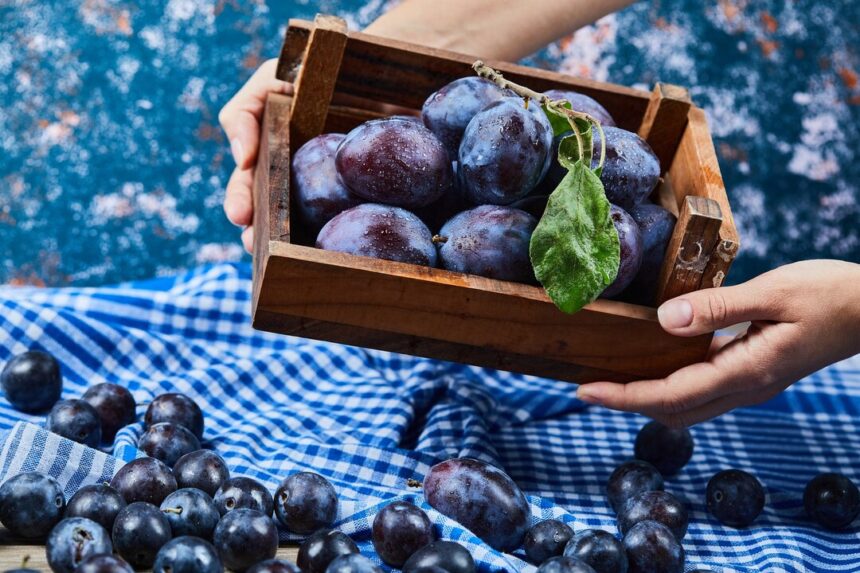Plum farming is a significant agricultural activity in South Africa, with the country being one of the leading producers of plums in the Southern Hemisphere. To maintain competitiveness and meet consumer demand for high-quality fruit, plum growers must implement various techniques to enhance both the quality and yield of their crops. From careful variety selection to precise irrigation management, here are several effective techniques for optimizing plum production in South Africa:
1. Selecting Suitable Plum Varieties:
- Choosing the right plum varieties is essential for achieving high yields and superior fruit quality. Consider factors such as climatic adaptability, disease resistance, and market demand when selecting plum varieties for cultivation.
- Popular plum varieties grown in South Africa include African Rose, Fortune, Larry Ann, and Ruby Sun, each with its own unique flavor profile, fruit size, and ripening characteristics.
2. Soil Preparation and Management:
- Proper soil preparation is crucial for healthy plum tree growth and fruit development. Conduct soil tests to assess nutrient levels and pH, and amend the soil as needed to provide optimal conditions for plum trees.
- Implement good soil management practices such as mulching, cover cropping, and organic matter incorporation to improve soil structure, fertility, and water retention.
3. Irrigation Optimization:
- Efficient irrigation management is essential for ensuring adequate water supply to plum trees, particularly during critical growth stages such as flowering, fruit set, and fruit development.
- Implement irrigation scheduling based on tree water requirements, soil moisture levels, and weather conditions to optimize water use efficiency and minimize water stress.
4. Pruning and Training Techniques:
- Proper pruning and training practices are essential for shaping plum trees, promoting balanced growth, and maximizing fruit production. Prune plum trees annually to remove dead, diseased, or overcrowded branches and encourage new growth.
- Train plum trees to a suitable canopy shape, such as an open center or modified central leader, to maximize sunlight exposure and air circulation within the canopy.
5. Pest and Disease Management:
- Implement integrated pest management (IPM) strategies to control pests and diseases effectively while minimizing reliance on synthetic pesticides.
- Monitor plum orchards regularly for signs of pests and diseases, and take timely action to prevent outbreaks. Utilize cultural practices, biological controls, and eco-friendly pesticides to manage pest and disease pressure sustainably.
6. Thinning and Fruit Management:
- Thinning is a critical practice for regulating fruit load and promoting fruit size, quality, and maturity. Thin plum trees during the growing season to remove excess fruit clusters and achieve optimal spacing between fruits.
- Implement fruit thinning techniques such as hand-thinning or chemical thinning to ensure a balance between fruit quantity and quality, resulting in larger, juicier plums with better flavor.
7. Harvesting and Post-Harvest Handling:
- Time harvests carefully to ensure that plums are picked at the peak of ripeness for optimal flavor and quality.
- Handle harvested plums with care to minimize bruising and damage, and store them under proper conditions to maintain freshness and extend shelf life.
By implementing these techniques and strategies, plum growers in South Africa can enhance the quality and yield of their crops, ensuring a plentiful harvest of delicious and marketable plums for local and international markets. With a focus on sustainable farming practices and continuous innovation, South Africa’s plum industry can thrive and contribute to the country’s agricultural prosperity.
Join 'Farmers Mag' WhatsApp Channel
Get the latest Farming news and tips delivered straight to your WhatsApp
CLICK HERE TO JOIN






